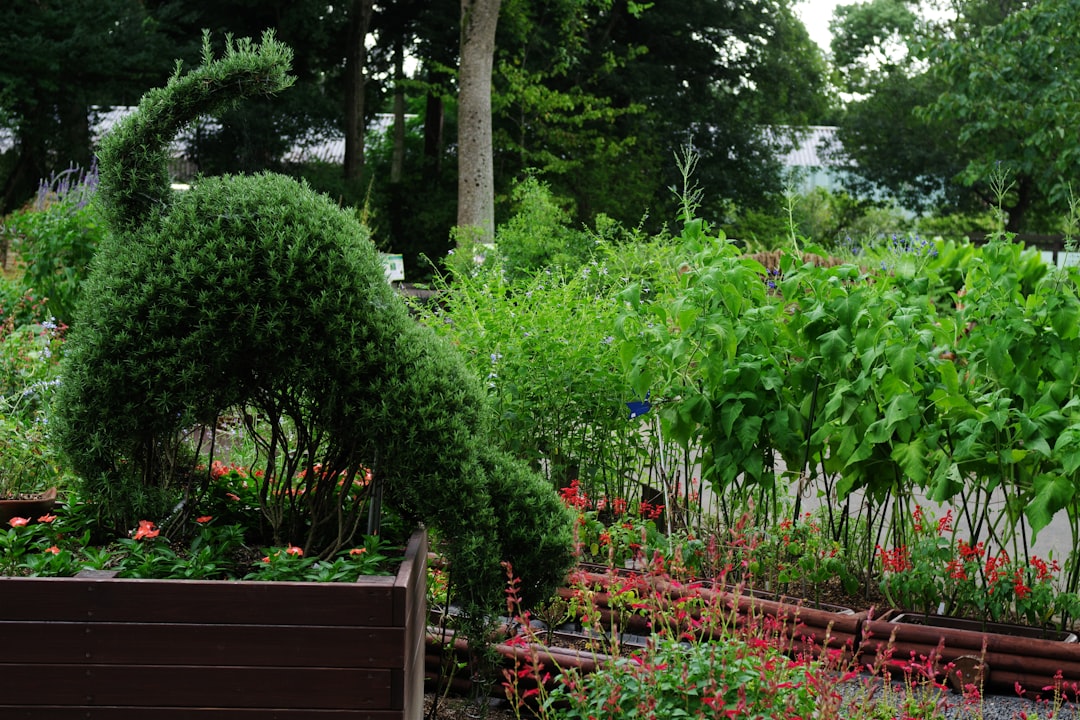The Secret to a Decades - Long Asparagus Harvest

Are you looking to embark on a gardening journey that yields delicious results for decades to come? Growing asparagus is the perfect choice. With proper knowledge of planting and harvesting, you can enjoy a bountiful crop of this delectable vegetable for 15 to 20 years or even more.
First, let's talk about choosing the right location for your asparagus bed. Asparagus loves full - sun exposure. Select a spot in your garden that receives at least 6 to 8 hours of direct sunlight each day. This will ensure that the plants grow strong and healthy. The soil should be well - drained, as asparagus roots can rot in waterlogged conditions. A soil pH between 6.5 and 7.5 is ideal. You can test your soil using a home soil - testing kit and make adjustments by adding lime to raise the pH or sulfur to lower it if necessary.
When it comes to planting asparagus, you have two options: starting from seeds or using crowns. Starting from seeds is a more time - consuming process. It can take up to three years for the plants to reach a harvestable size. However, it can be a rewarding experience. If you choose to start from seeds, sow them indoors about 12 weeks before the last expected frost. Use a seed - starting mix and keep the soil moist. Once the seedlings have developed a few true leaves, you can transplant them into the garden.
Most gardeners prefer using crowns, which are one - year - old asparagus plants. Planting crowns allows you to harvest asparagus in the second year after planting. Before planting, prepare the soil by digging a trench about 12 to 18 inches deep and 12 inches wide. Incorporate plenty of compost or well - rotted manure into the soil at the bottom of the trench. This will provide the plants with essential nutrients. Place the crowns in the trench, spacing them about 12 to 18 inches apart. Spread the roots out gently and cover them with about 2 to 3 inches of soil. As the plants grow, gradually fill in the trench with soil over time.
Watering is crucial during the growing season. Asparagus plants need about 1 to 2 inches of water per week. However, make sure not to over - water. A good way to water is to use a soaker hose or drip irrigation system, which delivers water directly to the soil and reduces the risk of fungal diseases.
Weed control is also important. Asparagus plants do not compete well with weeds. Keep the area around the plants free of weeds by hand - pulling or using a hoe. Applying a layer of mulch, such as straw or shredded leaves, can help suppress weeds and retain soil moisture.
Now, let's discuss harvesting. In the first year after planting crowns, it's best not to harvest any spears. This allows the plants to establish a strong root system. In the second year, you can make a light harvest, taking only a few spears. By the third year, you can harvest asparagus for about 4 to 6 weeks during the spring. Harvest the spears when they are about 6 to 8 inches tall. Use a sharp knife or scissors to cut the spears just below the soil surface. Stop harvesting when the spears start to become thin, usually around mid - June.
After the harvest season is over, let the remaining fronds grow. These fronds are essential for photosynthesis, which helps the plants store energy in the roots for the next year's growth. In the fall, once the fronds turn yellow and die back, cut them down to the ground and remove any debris from the bed. This helps prevent the spread of diseases.
To keep your asparagus bed productive for many years, it's a good idea to fertilize it annually. In the early spring, before the spears emerge, apply a balanced fertilizer, such as a 10 - 10 - 10 formula, according to the package instructions. This will provide the plants with the nutrients they need for healthy growth.
In conclusion, growing asparagus can be a long - term and rewarding gardening project. By following these tips on planting, watering, weeding, harvesting, and fertilizing, you can enjoy a delicious crop of asparagus for 15 to 20 years or more. So, roll up your sleeves, get your gardening tools ready, and start your asparagus - growing adventure today!